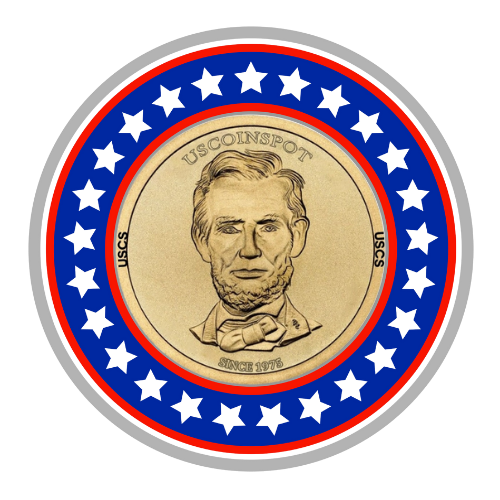C - Cents-Small Cents-Lincoln Cents-Wheat Cents-World War II Steel Cents (1942-44)
Sort by
- Featured
- Best selling
- Alphabetically, A-Z
- Alphabetically, Z-A
- Price, low to high
- Price, high to low
- Date, old to new
- Date, new to old
